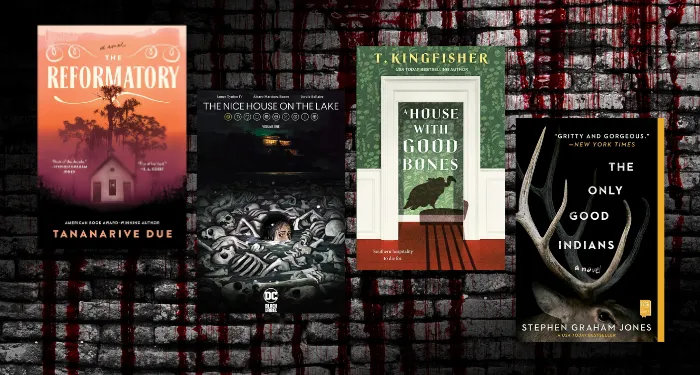
New Blood: 10 Modern Horror Classics Keeping the Genre Alive
I’ve loved horror since I was a kid. So when I had the chance to breathe the same air as Nick Cutter, Tananarive Due, and Stephen Graham Jones, I was over the moon. These three titans of contemporary horror — along with paranormal investigator Steve Gonsalves — appeared in a Spotlight on Horror panel at last year’s New York Comic Con. Listening to them speak about my most favorite genre in the whole world left me feeling as if I’d ascended to a higher plane of awesomeness.
One of the things they talked about was whether we were living in a golden age of horror, a time when folks were finally coming to appreciate a genre that had previously been seen as frivolous.
But horror has always had its devoted, possibly rabid fandom. Sure, the rise of “literary” horror and the growing popularity of creep-tastic prestige television (Haunting of Hill House, anyone?) may have raised the visibility of the genre. But horror didn’t need to be “elevated” to be legitimized. It’s always meant a lot to those who were most devoted to it.
What I am excited about — and what these rad panelists acknowledged — is that there are so many new voices representing the genre. Once upon a time, I had to rely upon the old John Saul paperbacks I pulled from my father’s shelves and his collection of Stephen King doorstoppers. If I wanted to explore further, I dug deeper into the classics: Edgar Allen Poe. Nathaniel Hawthorne. Shirley Jackson. Charlotte Perkins Gilman. But these days, I feel as if we’re seeing new classics. Books and authors who, one day, will loom as large as their predecessors. To me, they already do.
In the list below, I shout out some of the contemporary horror authors (and their standout titles) who seem most notable to me, alongside the classic authors who preceded them.
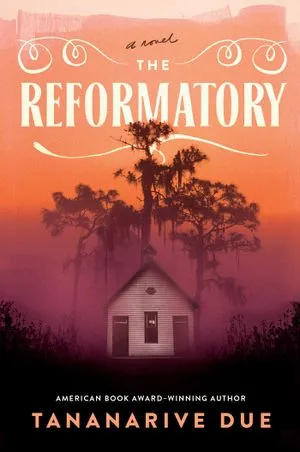
The Reformatory by Tananarive Due
Real talk: it’s hard to pick just one book from Due to highlight. She’s been churning out stunners since the late ’90s. Her most recent hit was The Reformatory, about a reform school haunted by its many victims. The way she’s able to weave issues of race into supernatural stories feels reminiscent of books like Toni Morrison’s Beloved, in which the home of a formerly enslaved person is haunted by a malevolent spirit. Due was the shining star of the panel I saw at NYCC, and I can’t wait to see what she does next.
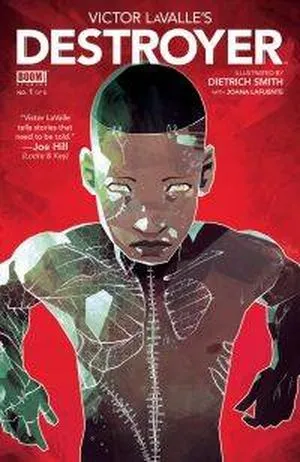
Victor LaValle’s Destroyer by Victor LaValle
While The Changeling has been getting the most buzz lately (it was adapted for Apple TV and was previewed at one of the horror panels I attended at NYCC; it’s also one of my favorites from LaValle), Victor LaValle’s Destroyer is the most obvious nod to a horror classic: Mary Shelley’s Frankenstein. LaValle has also been publishing fantastic horror and dystopian fiction since the late ’90s, and just about every one of his books feels like an inevitable classic. His latest — Lone Women — came out just last year.
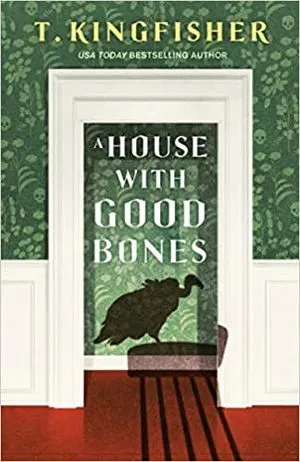
A House with Good Bones by T. Kingfisher
T. Kingfisher is the pen name for Ursula Vernon, who’s been publishing fun fantasy titles for kids since 2008. In 2013, she started using the Kingfisher name for adult fantasy, and then, luckily for me, she edged her way into horror. Her first in the genre — The Twisted Ones — came out in 2019. She now has four horror titles to her name, including her most recent one, A House with Good Bones. In it, a woman goes back home to stay with her mom, only to notice that something seems…off. Her mom seems terrified. The house itself seems to be decked out in all the decor her terrible grandmother once preferred. And there might be witches? This one reminds me of Daphne du Maurier’s Rebecca, in which a woman marries a wealthy widower, only to discover that he and his home are haunted by his late first wife. Kingfisher/Vernon and her works are poised to be contemporary classics.
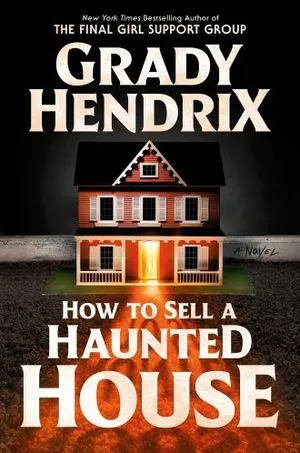
How to Sell a Haunted House by Grady Hendrix
Hendrix is another horror author destined to be considered a creator of horror classics. He’s best known for writing campy, comedic horror like 2014’s Horrorstör and 2016’s My Best Friend’s Exorcism. But his most recent—about estranged siblings forced to sell their late parents’ house, only to be faced with demonic puppets—takes things to another level. The massive marionettes and other possessed puppets bring to mind Fats, the evil ventriloquist’s dummy from William Goldman’s Magic.
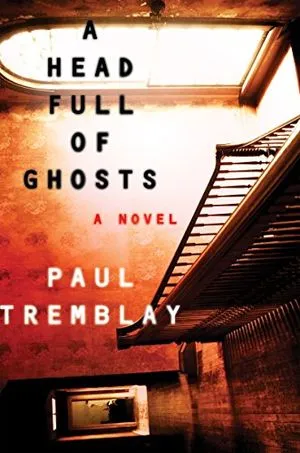
A Head Full of Ghosts by Paul Tremblay
Tremblay is another horror author whose works I automatically read. One of my faves from him is A Head Full of Ghosts, about a young woman who may or may not have faked a demonic possession and whose attempted exorcism was filmed for TV. Obviously, this one made me think fondly of William Peter Blatty’s The Exorcist, which I both read and watched the film adaptation of at a disturbingly young age. With 14 titles to his name (Horror Movie is out in June), he shows no signs of slowing down.
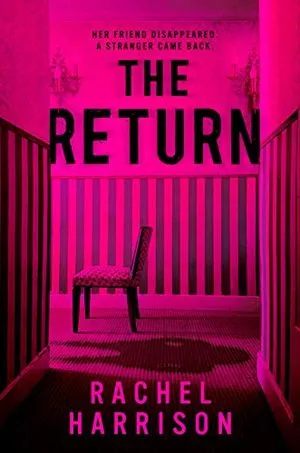
The Return by Rachel Harrison
I feel as if we get a new Rachel Harrison novel every year or so, but her debut remains my fave. In it, a woman goes missing and returns two years later, somehow changed. Her friends meet up with her at an isolated hotel in order to reconnect, and things… devolve. Decay. Get creepier and creepier. Bonus points for the humor and for the uncomfortably authentic commentary on female friendships, a hallmark of all her books. This particular story made me think of classics like Stephen King’s Pet Sematary and W.W. Jacobs’ “The Monkey’s Paw,” each of which plays with the idea that when you bring a loved one back from the dead, they might not be their best self.
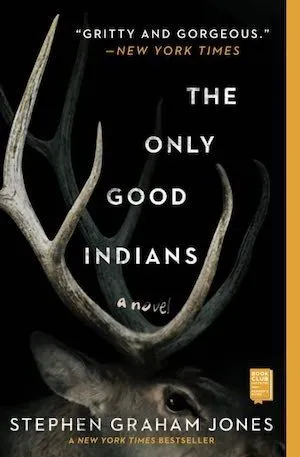
The Only Good Indians by Stephen Graham Jones
Jones loves the slasher subgenre, which you can really see at work in his Indian Lake Trilogy and in his novella Night of the Mannequins. But in The Only Good Indians, it’s all about ancient spirits bent on revenge. In it, four American Indian men try to put a terrible childhood event behind them. But now, an evil entity seems to be tracking them, cutting them down in retribution for what they did. Some classic readalikes include Koji Suzuki’s The Ring, Richard Marsh’s The Beetle, and Edgar Allan Poe’s “The Tell-Tale Heart.”
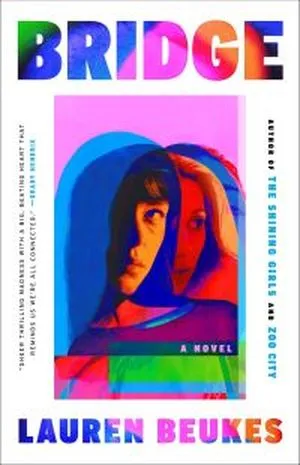
Bridge by Lauren Beukes
Beukes has a number of speculative titles under her belt, but her breakout hit was 2013’s The Shining Girls, followed up the next year by Broken Monsters. In her latest, which came out last year, a woman slips into numerous parallel dimensions on the hunt for her mother…who just died, but was it really her mother? I love me some metaverse fiction. I read a ton of portal fiction when I was young, and my enthusiasm for it was only reinforced by Stephen King and Peter Straub’s The Talisman.
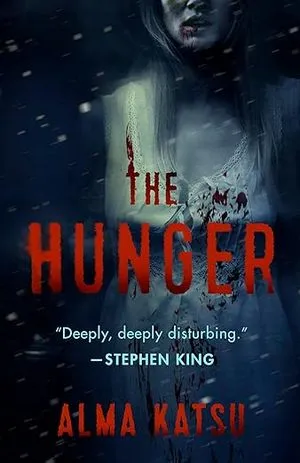
The Hunger by Alma Katsu
Katsu has been churning out historical horror since 2011, but I was introduced to her work with 2018’s The Hunger. In it, she adds a supernatural bent to the true-life tale of the Donner party, a group of American pioneers who were trapped in the Sierra Nevada mountain range in the winter, succumbed to starvation and eventually turned to cannibalism. When one thinks of cannibalism, one’s mind automatically turns to The Silence of the Lambs by Thomas Harris. But I also can’t help thinking about Michael Crichton’s Congo, which features a whole other expedition gone horribly wrong.
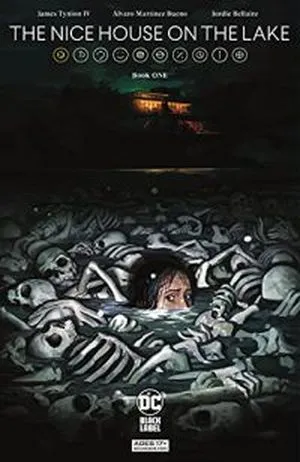
The Nice House on the Lake by James Tynion IV, Alvaro Martinez Bueno, and Jordie Bellaire
Finally, I’m such a sucker for horror comics, but perhaps my favorite writer working in this medium is Tynion, who’s also behind such series as The Backstagers, The Department of Truth, and Something Is Killing the Children. The Nice House on the Lake, though, is my favorite from him. In this horror/sci-fi hybrid, Walter gathers his friends together for a getaway at a gorgeous lake house. But when they lose contact with the outside world, Walter reveals himself to be an alien who’s been living on Earth for years, tells his friends the world as they know it is gone, and instructs them all to settle in for the long haul…because they can’t leave. Things only get darker from there. This one has echoes of classic alien-based horror like H.G. Wells’ The War of the Worlds and Arthur C. Clarke’s Childhood’s End.
I could go on. There are so many great horror authors putting out new titles whose work is sure to stand the test of time. Silvia Moreno-Garcia. Catriona Ward. John Langan. Mariana Enriquez. Kiersten White. The future is bright for horror enthusiasts.
For more classic horror titles, check out Liberty’s Boo Who: 9 Classic Horror Books, Old and New.











